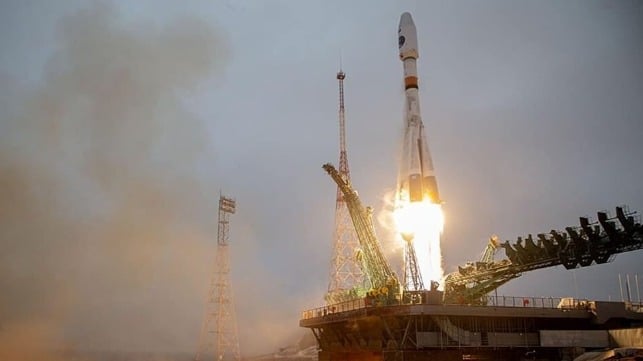Russia Turns On World's First Satellite System for Arctic Monitoring

Over the weekend, Russia activated the world’s first Arctic observation satellite system. The system draws on data from Roscosmos’ two Arktika-M satellites. The first Arktika satellite was launched into orbit in February 2021 and the second in December last year.
The new constellation provides round-the clock meteorological and environmental monitoring of the Arctic surface, including the Northern Sea Route.
“For the first time in the world, Russia has created a hydro-meteorological space system that allows permanent observation of the Arctic regions and its adjacent territories,” said Roscosmos in a statement.
The entire Arktika mission constellation is planned to eventually have 10 Earth-orbiting satellites. In addition to the first two, the others include three communication and GPS satellites, three commercial satellites and two remote sensing satellites. They will be placed in a Highly Elliptical Orbit (HEO), ensuring full time coverage of the high latitudes, which currently is not provided by the existing international geostationary satellites.
In addition, the Arktika system will be used for hydrocarbon exploration, in line with Russian ambition to intensify exploitation of the Arctic’s oil and gas resources. Most importantly, the space system will provide telecommunications service in the Arctic, which Russia needs for air traffic and commercial shipping in the remote region.
Russia has heavily invested in the development of the Northern Sea Route, which runs near the Siberian coastline. Russia hopes the passage could become an alternative shipping route, as it nearly halves the distance between the Far East to the West compared to the Suez Canal route. With sea ice in the Arctic receding, shipping along the route is tipped to increase.
